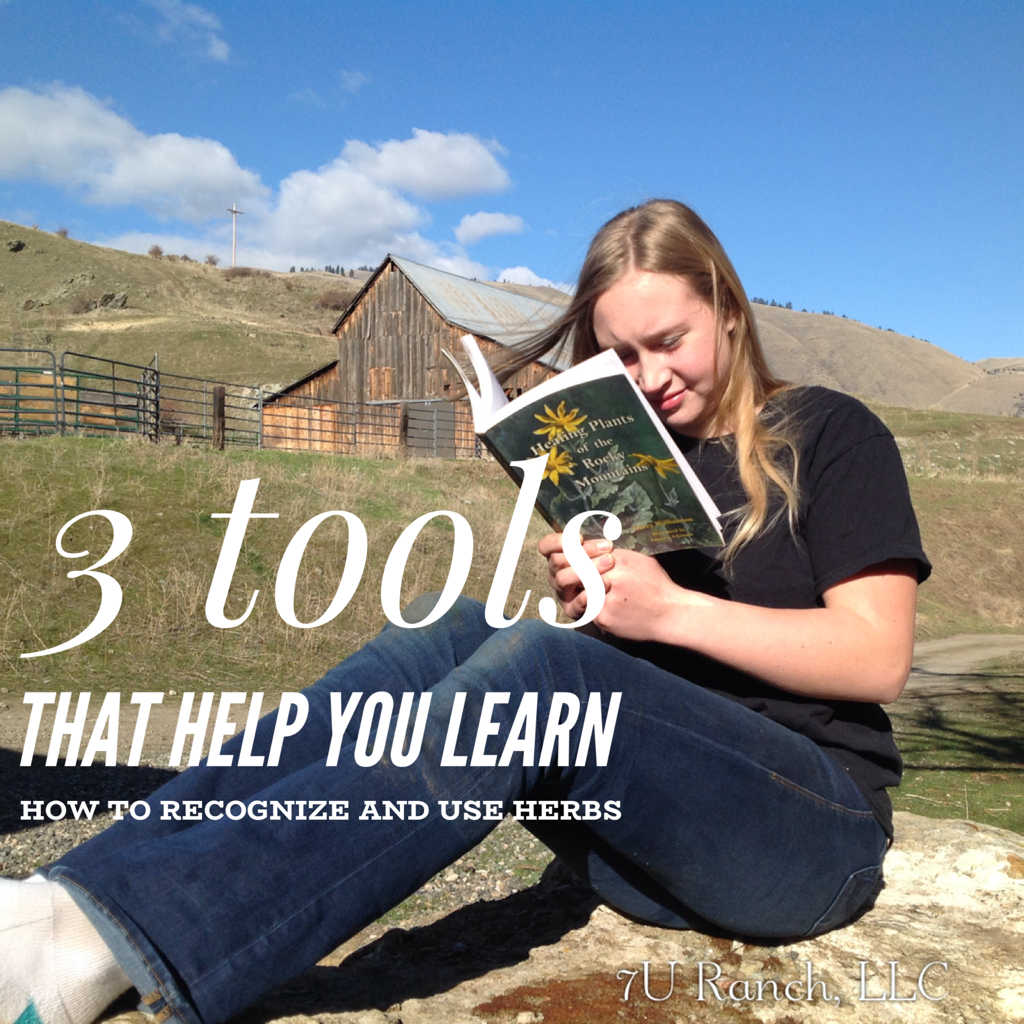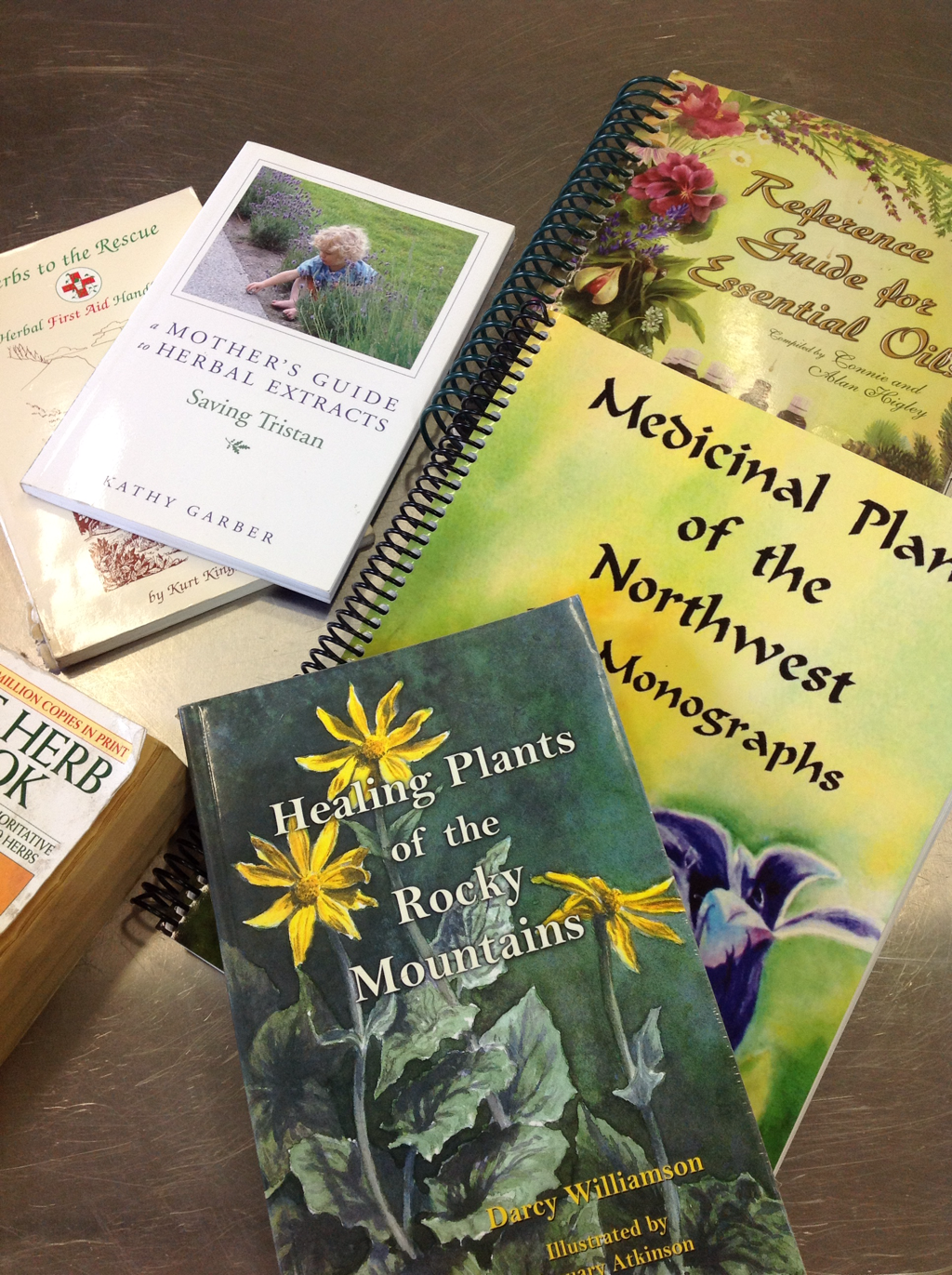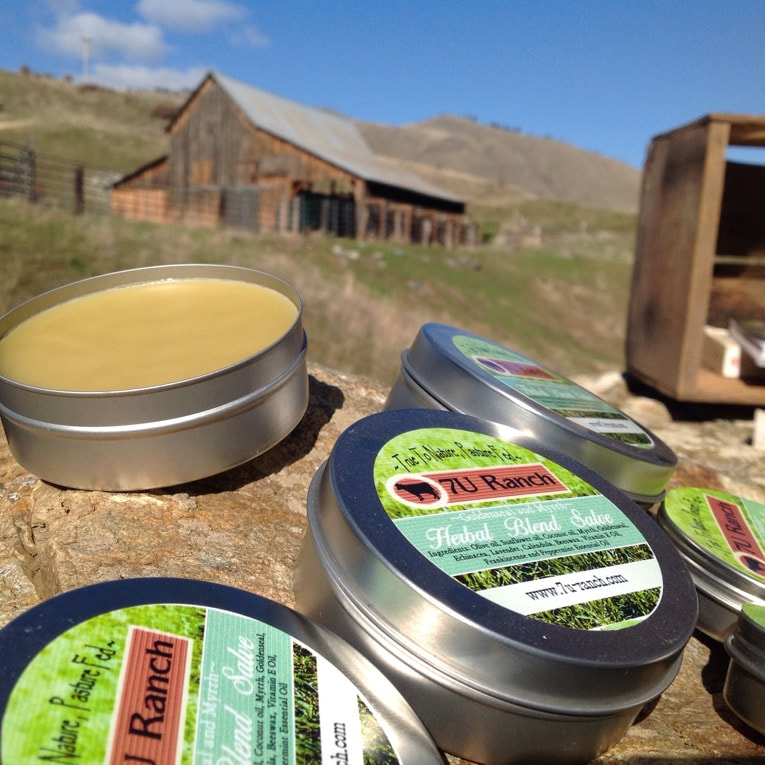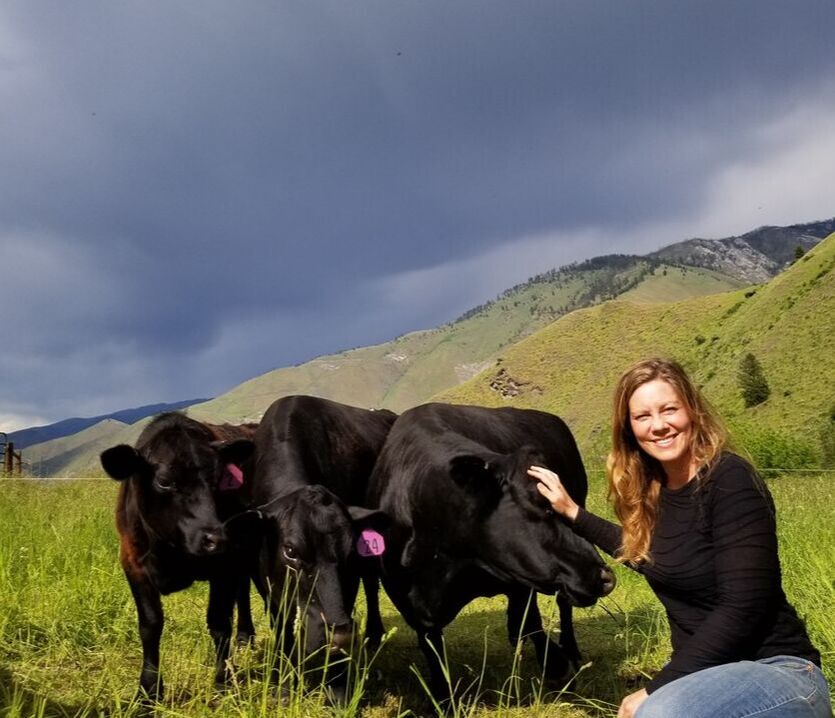|
Have you ever wanted to learn about herbs, but something just to stopped you from trying it? Maybe you were a little bit fearful about picking the wrong plant, or preparing it wrong. I had those same feelings of reservation when our kids were little, but I just knew that I had to get past that nervousness in order to see what herbs could do for our family. I wasn't interested in covering up symptoms anymore, with medicines off the shelf when we got sick, but rather, I was determined to learn how we could build our immune systems enough, so that our bodies were able to do what they were made to do...regenerate and heal. We might have seemed just plain crazy to family and friends when we began, but bless their hearts, they were patient and gave us room to "just be us". ....(For a while there, I think they might have avoided telling us they were coming down sick, after some of the bitter tasting teas we served them😂) Needless to say, we grew a lot in experience and confidence after seeing the results and watching our kid's immune systems strengthen, through the foods we ate and the herbs we utilized. Below, I'm going to give you three tools that can help you gain confidence and learn about using and recognizing herbs in our area and beyond. Then I'll give you some examples of how we have used them with our animals and along with other natural remedies. This will also give you a better idea of how we raise our animals, and are able to offer you the resulting healthy products. 3 tools ...1. Quality reference guides, books and Internet search- There is so much information available to us and it's really simple to check on the Internet for extra reference pictures. For me, the more pictures of a plant I saw, the more confident I felt, that I could pick that plant out, because some plants look very similar at first. Books and reference guides are so helpful, because you can take them anywhere. Two of my favorites were written by an experienced herbalist who lives right down the road from us, in Lucile. Her name is Darcy Williamson and I'll give you a picture below of these really helpful books. She also teaches some ways to prepare and use the herbs, both in the books and through events at Mavens Haven in Lucile. We now offer both of her books through our store and deliveries. We can also ship them, if needed. 2. Observation - One of the ways that really helped cement the information in my mind, and then helped to grow that knowledge, was through observing animals, especially our own. What plants were they going after at different times of the year and why? We quickly found out that many plants we had written off as weeds were actually, beneficial herbs. They just needed to be in balance with our pasture grass, because out of balance numbers just show an imbalance in your soil. That herb is working at bringing specific nutrients to the surface. A few example herbs: Dandelion- in spring, when it is a good time of year to cleanse the liver, we noticed the animals seeking out all of the dandelions they could find to eat. Dandelions are excellent for cleansing the liver. Horehound- in late winter, they were suddenly interested in horehound. During that time, some of them were coughing from dry feed. Horehound helps with digestion and helps lung and breathing problems. Black Walnut Leaves- certain times of the year, they will eat the black walnut leaves ( especially when their is a sugary sap on the back side of the leaf). I have heard they are toxic to cows, but they only eat what they need and move on- never had a problem. The husks of black walnuts are used in humans for parasites and more, so we've often wondered if that is one of the things they are getting out of them. This is why we don't label our meats as "grass fed". Instead, our pastures provide much better health for our animals through a balanced mix of herbs and grasses. 3. Surround yourself with people and educational services who have lots of experience- We have Maven's Haven, right here in Lucile and they offer some wonderful events and services that teach about herbal medicine, creative classes local cuisine and homesteading skills. We've learned from many knowledgable friends, that were able to point out herbs for us and explain uses for them, too. Some examples from our ranch:Here on our ranch, we have seen herbs and natural remedies work time and time again with our animals in very similar ways that they have worked in our own family so we apply the knowledge that we have for how they work in the human body and use them in similar ways with our animals. While rotational grazing and caring for our pastures and soil has greatly changed the incidence of health issues in our animals, we still have, from time to time, an occasional health concern or injury. Here are a couple of examples where we use different herbs on those animals and saw great results. 1. Bleeding- We had a calf that had continuous bleeding from an injury. The wound was slowly weeping blood, over a period of several days. Knowing that Yarrow has the ability to stop bleeding, is anti-inflammitory and can be used as a pain reliever, we ground up some dried flowers that we had harvested and applied them to the wound. It quickly stopped bleeding and healed wonderfully soon after, with no more bleeding . 2. Salve- About 10 years ago I had been researching different herbs and wanted to put together a salve from different herbs that we grew on our ranch and some that I purchased from the health food store. It worked really well for our family and became popular with our extended family and friends. We had been using it for anything from eczema to cuts and wounds and additionally it was used for warts, so naturally, it became something that we applied with our animals, too. We have not been without it since. 3. Retained placenta-We had a heifer, one spring, that had a difficult calving and had retained the placenta. It had been several days and was soon going to become a problem with infection and the need for some intervention. We utilized black cohosh and added it to a barley fodder mat for her to consume. Within a half hour, she was contracting and the placenta was out. She quickly healed and regained her strength. 4. Cuts- sometimes the the pigs cut themselves while running around playing. We use peroxide to clean the wound, then pack it with our salve mixed with charcoal. The healing is quick and it does well to keep infection out. ( We've even used it on wounded chickens, successfully) 5. Elevated cell counts- We brought a new dairy cow into our herd and through testing, found that she had elevated cell counts in her milk. We were able to bring them down quickly by giving a home-made garlic tincture, applying a poultice to the udder ( made from turmeric, castor oil, and peppermint essential oils), and massaging reflex points to stimulate the liver. The poultice provided anti- inflammatory properties and increased circulation. The garlic tincture strengthens the immune system. Additionally, brushing is used to stimulate the endocrine system. (A method that was used by some people in the past) These are just a few of the ways that we have seen herbs work in our animals and are excited about the overall health improvements and the quality that it brings to the meat and dairy it produces. We also use essential oil's, acupressure points and other natural remedies that work really well.
If you have any questions please comment below or email me anytime. I'd love to hear stories about how you've learned to use herbs. Take Care, Raini raini@7u-ranch.com 7U Ranch, LLC Seth, Raini, Liam, Charise and Rhian
4 Comments
2/13/2018 10:55:59 am
Thank you for gently and openly writing about your journey of healing herbs. The plant phytochemicals are much more diverse than their synthetic counterparts. (eg., willow bark and aspirin.) Darcy has many true stories about human and animal healing with plants. Lomatium root extract added to drinking water healed sheep's hoof and mouth disease (caused by a virus) after a vet told the owner there was no treatment. It also cured my daughter's cervical displasia when the Dr. told her she would "probably end up getting cancer and needing a hysterectomy." There are many herbalists who have apprenticed with Darcy, including yours truly. We are always happy to collaborate and learn. What a gift.
Reply
Jane,
Reply
Terri Mills
2/20/2018 07:10:42 pm
Hi Rainie, thanks for the e'mail..I have been using Darcy's Book and tinctures for years now, everything she and her gals have made works really great. Question...we have a feral cat that has an open wound on her head, she is about 16,17 years old and has been recluse from us for almost 2 years now, will not let us touch her, but we feed her well every day. I have tried a few things in her water, Lightly), but then she won't drink it. I don't want her to suffer, she keeps the wound open from scratching, do you have any suggestions on what I could do for her?
Reply
Raini
2/23/2018 01:06:25 pm
Hi Terri! It does make it pretty tough if you can't catch her up. If there's any way you can, (maybe use a heavy coat to cover her so she doesn't scratch you) you could help her out by cleaning and applying something to her wound.
Reply
Leave a Reply. |
Raini Allen
I take care of your orders and make sure they are bundled and ready for delivery and pickup. I'm also the person you'll be visiting with through our emails and if you have any questions about our ranch, our products, or need help finding a recipe! I look forward to helping you! Charise AllenCharise, (also goes by Rise) Takes care of the sheep with her sister here on the ranch. She loves creating natural cleaners with quality oils and ingredients, through her business: Natural Oil Health and has lots of helpful essential oil information and cleaning tips! Categories
All
Archives
February 2022
|




 RSS Feed
RSS Feed